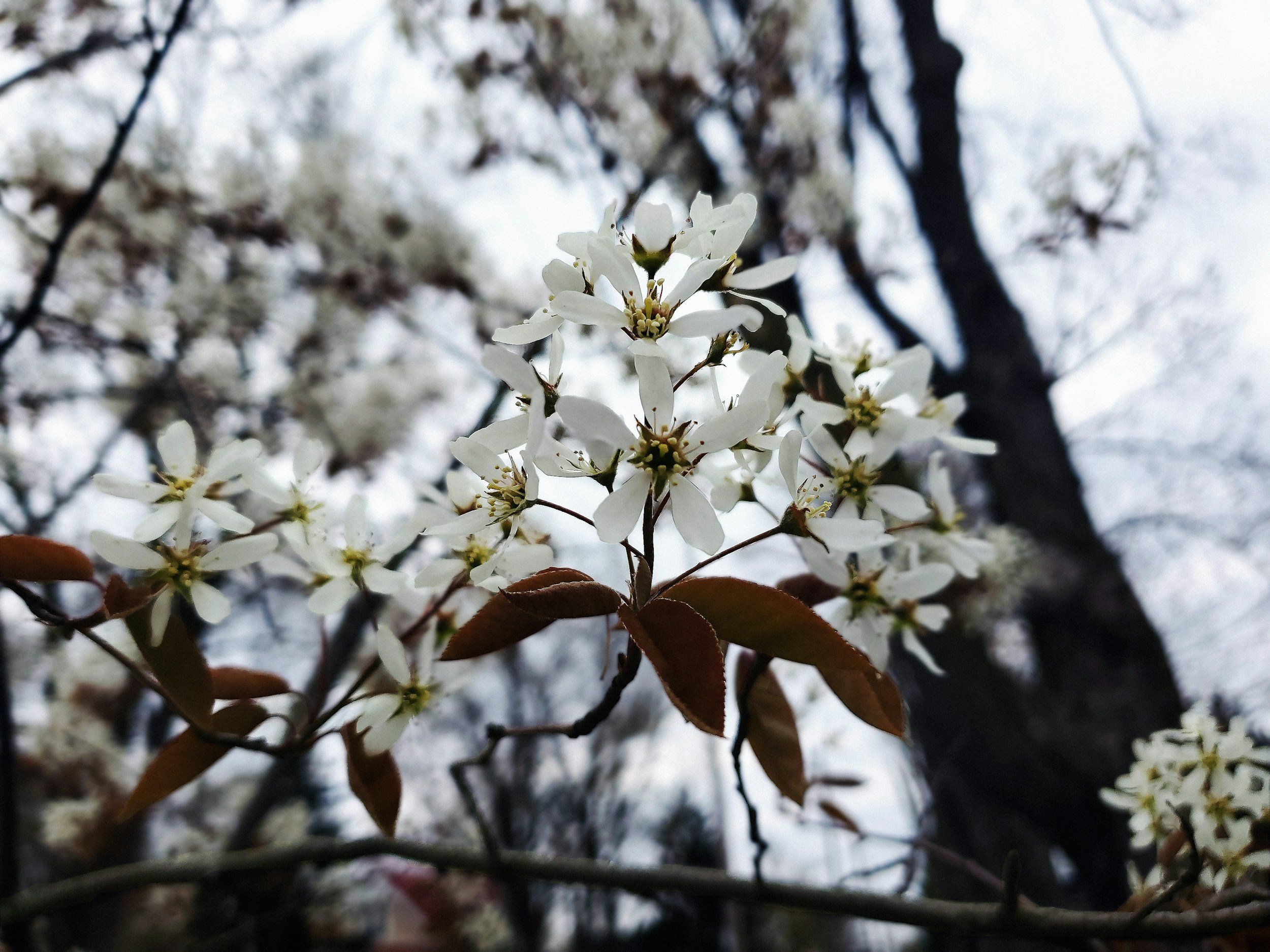Trees You Should Be Planting in Your Canadian Garden: Serviceberry & Dogwood
When it comes to choosing trees for your home garden or yard, few are as hardworking, beautiful, and environmentally supportive as serviceberry and dogwood trees. These native stunners are not only visually stunning—adding four-season beauty—but they’re also incredibly important to our Canadian climate, our pollinators, and even our birds and wildlife.
Let’s dig into why these trees deserve a spot in your garden (and heart), how to plant and care for them, and why the soil around them matters just as much as the tree itself.
Meet the Trees…
Serviceberry (Amelanchier spp.)
Also called Saskatoon, Juneberry, or shadbush, this tree or large shrub is a Canadian native through and through. With early white spring blooms, edible summer berries, fiery fall colour, and striking winter bark, it’s a four-season powerhouse.
Why it’s great:
One of the earliest sources of nectar for bees in spring.
Berries are edible for humans and birds (think robins, waxwings, and more).
It adapts beautifully to urban, suburban, or rural planting.
Dogwood (Cornus spp.)
Red osier dogwood and alternate-leaf dogwood are two beautiful native options, both offering incredible winter colour with their red or yellow stems and creamy spring flowers.
Why it’s great:
Its nectar-rich flowers support native pollinators and butterflies.
Berries feed birds, and the dense growth provides shelter for small wildlife.
Red osier stems bring colour to even the dreariest winters.
Who Benefits?
Planting these trees does more than just prettify your yard:
Bees and pollinators benefit from early spring blooms when few other sources of nectar are available.
Birds feed on the fruit and nest in their branches.
Butterflies and moths use them as host plants for their young.
Small mammals and beneficial insects take shelter in their shade and branches.
By adding these species, you’re helping strengthen the web of life in your very own backyard.
Transplant Tips:
Dig a hole twice as wide, but only as deep, as the container or root ball.
You want the tree to sit at the same depth as it did in the pot.Tease the roots gently. If the plant is rootbound, break up the root ball slightly to encourage outward growth.
Use native soil—not bagged topsoil or triple mix….
And that is the real secret to planting trees that thrive for years … it all comes down to the soil you plant them in. And nope, it’s not the bagged stuff!




